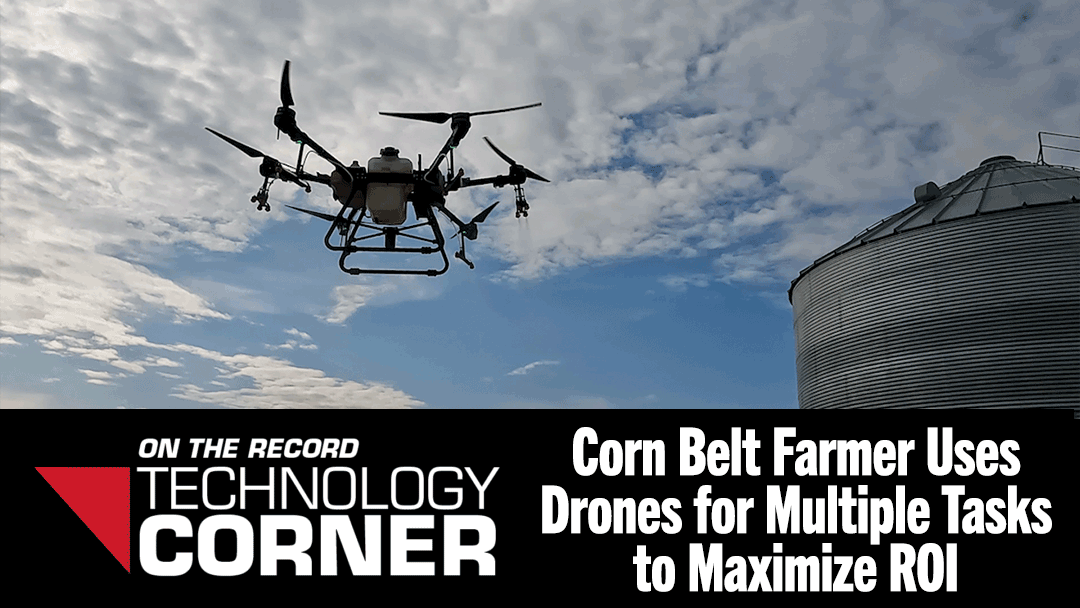We’re talking about drones this week, because they seem to be generating a lot of buzz amongst growers and dealers we talk to. In fact, nearly 18% of strip-tillers surveyed in the recently published Strip-Till Farmer Benchmark Study said they plan on purchasing drones next year.
Let’s go right to the source. Luke Schultes owns and operates Viola Drone Services in Audobon, Iowa. The business uses drones to perform fungicide and pasture spraying, seed cover crops and scout with multi-spectral imagery. He also uses them on his own farm to apply pre-emergence herbicide, biologicals, cereal rye and red clover as a relay crop into standing soybeans.
There are several steps to take before operating a drone. For example, Luke says in Iowa he had to get a drone pilot license, a crop duster license, an aerial commercial applicator license and register with the Iowa Depart of Transportation. The process is paying off for Luke, who says the return on investment has been great.
“It’s pretty versatile and cost efficiency is huge. A machine like this that can cover our family farm, costs 10% of what a sprayer would. A late model sprayer from the big manufacturers, as a young farmer, they’re outside of my budget. Having a smaller machine on smaller acres is the name of the game. It’s more efficient. My ROI and margins have been huge, definitely a good investment so far.”
Luke’s not alone in his usage of drones. According to the most recent No-Till Farmer Benchmark Study, 15% of no-tillers are using drones in 2023.




![[Technology Corner] Pessl Instruments CEO Talks Dealer Benefits From Lindsay Corp. Investment](https://www.agequipmentintelligence.com/ext/resources/2024/04/25/Pessl-Instruments-CEO-Talks-Dealer-Benefits-From-Lindsay-Corp.-Investment.png?height=290&t=1714144307&width=400)
Post a comment
Report Abusive Comment